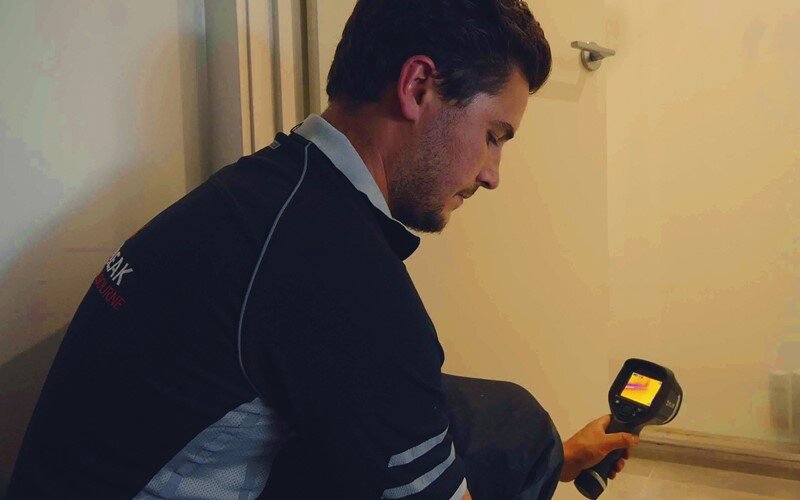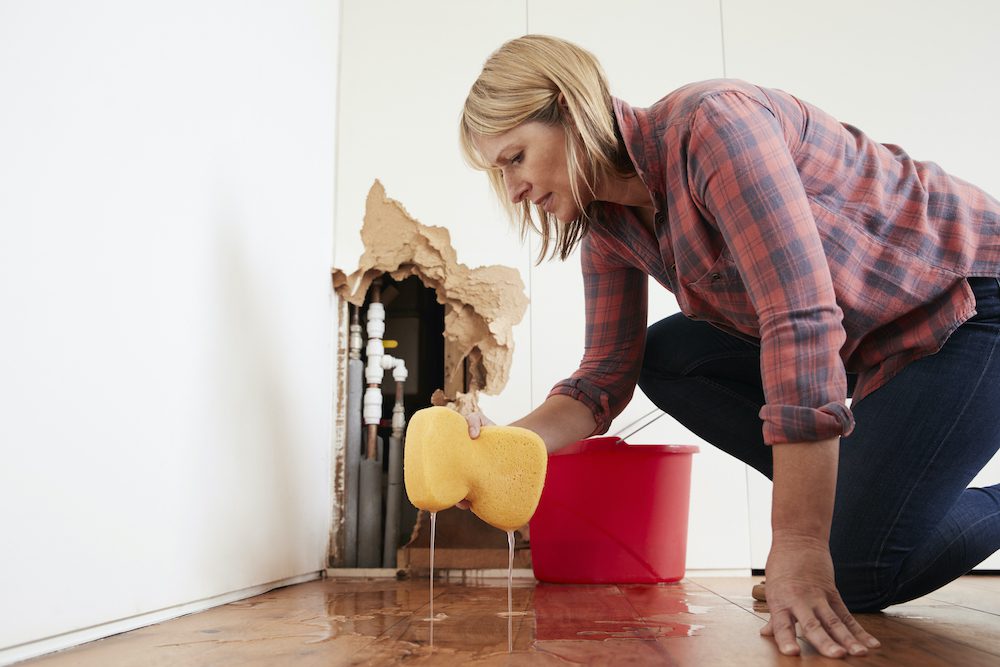6 Ways to Locate Concealed Water Leakages in Your House
6 Ways to Locate Concealed Water Leakages in Your House
Blog Article
What are your insights and beliefs about Finding hidden leaks?

Early discovery of dripping water lines can alleviate a potential disaster. Besides conserving you money, it will certainly minimize the irritation and also irritation. The minute you discover a leakage, calling your plumber for fixings is the very best remedy. Nevertheless, some small water leakages may not show up. Here are some hacks that help if you can not find it with your naked eyes.
1. Take A Look At the Water Meter
Examining it is a proven method that aids you discover leaks. If it relocates, that suggests a fast-moving leakage. This means you might have a slow leakage that could also be below ground.
2. Check Water Usage
If you spot unexpected changes, regardless of your intake being the same, it means that you have leakages in your plumbing system. An abrupt spike in your bill indicates a fast-moving leak.
A constant increase every month, even with the same routines, reveals you have a sluggish leakage that's additionally gradually rising. Call a plumber to extensively examine your home, specifically if you really feel a cozy location on your floor with piping below.
3. Do a Food Coloring Test
When it involves water usage, 30% comes from commodes. Test to see if they are running appropriately. Decrease specks of food color in the tank and also wait 10 minutes. There's a leak between the container and also dish if the color somehow infiltrates your dish throughout that time without flushing.
4. Asses Exterior Lines
Don't neglect to check your exterior water lines as well. Test faucets by affixing a garden hose pipe. Should water permeate out of the link, you have a loosened rubber gasket. Change this and ensure all links are tight. If you've obtained an automatic sprinkler, it will help get it professionally checked out as well as maintained each year. One little leak can throw away tons of water and also surge your water bill.
5. Evaluate the scenario as well as evaluate
House owners need to make it a routine to check under the sink counters as well as also inside cabinets for any type of bad odor or mold and mildew development. These two warnings show a leakage so prompt interest is called for. Doing routine assessments, also bi-annually, can save you from a major issue.
Inspect for stainings as well as deteriorating as the majority of devices as well as pipes have a life expectancy. If you think leaking water lines in your plumbing system, don't wait for it to rise.
Early detection of leaking water lines can minimize a potential catastrophe. Some tiny water leakages might not be noticeable. Inspecting it is a proven method that aids you uncover leakages. One small leakage can waste bunches of water as well as increase your water bill.
If you believe leaking water lines in your plumbing system, don't wait for it to rise.
How to Know If Your Home Has a Hidden Leak
Water Meter Reveals Inexplicable Water Usage
If you’d like to test whether or not there’s a leak somewhere in your home, you can do this using your water meter. Here is how to conduct the test:
Don’t use any water in your home for at least 30 minutes; this also means not turning on faucets or water-using appliances.
Go outside, and check your water meter for activity.
If your water meter shows that there was activity, even though no one was using any water, this proves that there is a leak in your home.Visible Mold or Mildew Growth
Leaks behind walls create moist, dark environments that allow mold and mildew to grow and thrive. Eventually, you might see mold growth forming on the wall closest to a hidden leak.
If mold is growing in an area that receives a high amount of moisture, such as a bathroom, it may simply be an indication that better ventilation is needed. However, if you see mold growth on a wall or the ceiling in an area where you would not expect, you probably have a hidden leak.
Musty, Mildew Odor
Sometimes you might not be able to see the mold or mildew that is growing as a result of a leak. However, the smell can give the problem away just as easily. If you catch a whiff of something musty, there’s a good chance that old water is collecting somewhere in your home that you can’t see.
Stained/Warped Walls, Ceilings, or Floors
When your home soaks up water, a variety of red flags can become visible, including ceiling stains, bubbling drywall, warped walls, and sagging floors. While these issues can be caused by excess humidity, they can also be signs that a pipe or plumbing connection has started leaking behind your walls.
Inexplicably High Water Bill
After a while, you get a general sense for what your water bill should be. If you own a pool or sprinkler system, your bill will tend to be higher during summer. However, if you receive a water bill that seems especially high, and you can’t figure out what caused it, then you may have a hidden leak somewhere that’s increasing your bill.
https://www.plumbingjoint.com/blog/2019/july/how-to-know-if-your-home-has-a-hidden-leak/

We hope you liked our part on Locating water leaks. Thank you so much for taking time to browse our article. Sharing is nice. Helping people is fun. We enjoy reading our article about Finding hidden leaks.
Report this page